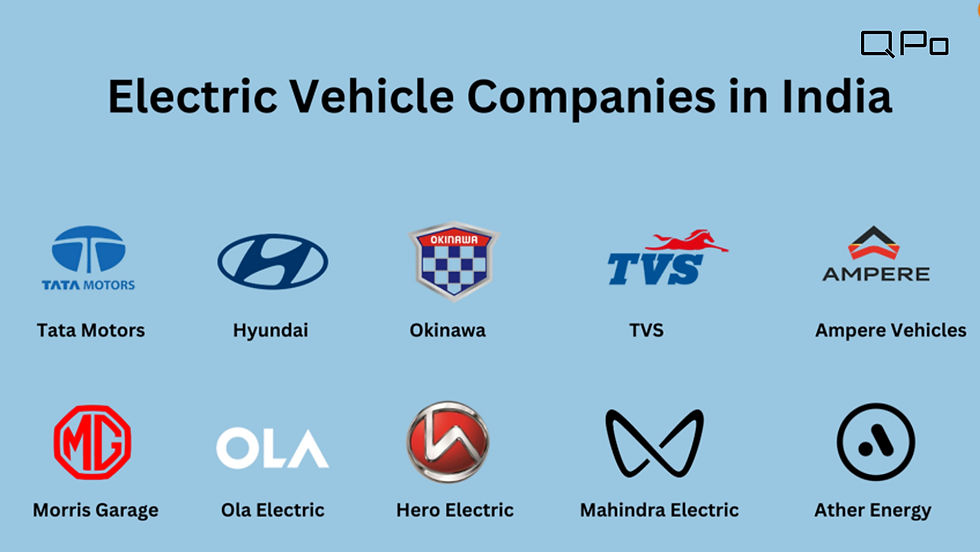Made in India, Stays in India: The Truth Behind Low Car Exports
- Q Po India
- Aug 3
- 3 min read

Picture this:
India — the land of jugaad, chai breaks, and mega factories that churn out cars and bikes faster than your local dosa counter flips dosas.
We’re not small fry. We’re the world’s 4th largest auto manufacturer. The auto industry alone fuels about 7% of our GDP and gives millions of people something to do from Monday to Saturday (and often Sunday too).
Sounds like a blockbuster, right?
But here’s the twist: while Japan and South Korea happily export over half of what they build, India politely ships out only about 13% of its production.
Like being great at cooking but only serving your family.
Why? Let’s break it down

Joined the Export Party Kinda Late
While countries like Japan and Germany were building global auto brands back when TV was still black and white, India was busy wrestling with the License Raj — a maze of government approvals and restrictions that could test anyone’s patience.
By the time India officially exported its first car in 1986, global players like Toyota, Volkswagen, and Ford had already grabbed prime seats in the export market.
Red Tape and Roadblocks

Fast forward to today: our factories are modern, efficient, and ready.
But scaling up or starting new projects? That still feels like driving with the handbrake on.
Take the Posco steel plant in Odisha — a huge foreign investment that could have supercharged local manufacturing. After years stuck in land acquisition and regulatory delays, the project finally folded. And this isn’t a one-off story. Bureaucracy and unpredictable policies still scare off big investors.
Then there’s infrastructure. Ports get crowded, highways get jammed, and logistics take longer than they should. All of this chips away at the competitiveness of Indian-made cars and bikes abroad.
But Hey, We’re No Pushovers

Despite the bumps, some Indian players have figured out how to make it work:
Maruti Suzuki leads the pack, exporting nearly 42% of all cars India sends abroad, mainly to Africa, Latin America, and the Middle East.
Hyundai India isn’t far behind, contributing 24% with models like the Creta.
In the two-wheeler segment, Indian brands really shine:
* Bajaj Auto ships over 40% of its production overseas.
* TVS adds another 26%.
Then there are niche models like the Mahindra Scorpio Getaway pickup and the compact three-door Suzuki Jimny, which India builds specifically for global markets. Proof that when we put our minds to it, we can do more than just sell locally.
EVs: Our Shortcut to Catch Up?

Here’s where things get interesting.
As the global auto industry speeds toward electric, India could finally catch up — maybe even overtake a few rivals. With the government’s PLI scheme (which rewards more manufacturing and exporting) and new EV-focused policies, Indian factories could soon become hubs for electric cars, bikes, and parts.
If we can fix the logistics bottlenecks and make regulations clearer and faster, there’s no reason why Indian-made EVs couldn’t become export heroes.
So, What’s Stopping Us?
We’ve got skilled engineers, modern factories, and plenty of demand.
All that’s left is to sort out the policy speed bumps and logistics delays that keep holding us back.
Because let’s be honest: Indian cars and bikes don’t just look good on the road — they come with a bit of personality and that unmistakable desi charm.
We’ve spent decades perfecting how to build.
Now it’s time to show the world what we can ship.



Comments